This article was co-authored by Anthony Stark, EMR. Anthony Stark is a certified EMR (Emergency Medical Responder) in British Columbia, Canada. With over 11 years of experience, he has worked as an industrial medic and provided urban and rural paramedic services. He currently works for Mountain View Safety Services and previously worked for the British Columbia Ambulance Service. Anthony has a Bachelor of Engineering in Electrical, Electronics, and Communications Engineering from the Georgia Institute of Technology. He has completed the EMP Canada EMT Course and Swiftwater Awareness Training associated with the British Columbia Ambulance Service.
There are 22 references cited in this article, which can be found at the bottom of the page.
This article has been viewed 53,137 times.
An aneurysm occurs when a blood vessel in an artery bulges or swells due to an injury or a weakened vessel wall. Aneurysms can occur anywhere, but they most commonly occur in the aorta (the major artery from the heart) and the brain.The size of an aneurysm may vary, depending upon the different contributing factors, such as trauma, medical, genetic, or congenital conditions. As the aneurysm gets bigger, there is a higher chance for it to burst and cause severe hemorrhage. Most aneurysms cause no symptoms and have a high death rate (between 65%-80%), so it's crucial to seek medical attention immediately.
Steps
Detecting a Cerebral Aneurysm
-
1Don't overlook a sudden and severe headache. If an artery bursts in your brain due to an aneurysm, it will cause a severe headache that comes on suddenly. This headache is the key symptom of a ruptured brain aneurysm.[1]
- Usually this headache will feel much worse than any headache you have ever experienced.
- The headache is usually fairly localized, confined to whichever side of the head where the artery burst.
- For example, if the artery near your eye bursts, it will cause severe pain that radiates into your eye.
- The headache may also be associated with nausea, disorientation, and/or vomiting.
-
2Note any disturbances to your vision. Double vision, reduced vision, blurred vision, or blindness are all indicators of a cerebral aneurysm. Vision disturbances occur because of pressure on the arterial wall near the eyes that cuts off blood flow to eyes.
- The optic nerve can also be pinched by the accumulating blood, causing blurry or double vision.
- Blindness in this situation is caused by ischemia of the retina, where the blood flow to the retinal tissues is insufficient.[2]
Advertisement -
3Check for dilated pupils in the mirror. Dilated pupils are a common sign of cerebral aneurysm, due to the blockage of an artery near the eyes. Usually, one of your pupils will be significantly more dilated than the other. It will also be sluggish and unresponsive to light.
- The enlarged pupil is caused by the pressure of blood accumulating within the brain.
- Dilated pupils may indicate that an aneurysm just happened, shown by artery damage located near the eyes.
-
4Pay attention to eye pain. Your eyes may throb or feel intense pain during an aneurysm.[3]
- This happens when the affected artery is near the eyes.
- The eye pain will usually be one-sided pain, because it is local to the part of the brain that had an aneurysm.
-
5Notice if your neck is stiff. A stiff neck can occur to due to an aneurysm if a nerve in the neck is affected by the ruptured artery.
- The ruptured artery does not necessarily have to be nearby the exact place in the neck where the pain is felt.
- This is because the nerves in the neck extend a decent distance up and down the neck and head area. Pain will project itself past the site of the aneurysm.
-
6Assess if half of your body feels weak. Half-sided body weakness is a common sign of aneurysm, depending on which part of the brain is affected.
- If the right hemisphere is affected it will cause left-sided body paralysis.
- On the other hand, if the left hemisphere is affected, it will cause right-sided body paralysis.
-
7Seek medical attention immediately. Ruptured brain aneurysms are fatal in around 40% of people, and about 66% of survivors suffer some type of brain damage.[4] If you are experiencing any of the above symptoms, call your emergency services (like 911 in the US or 999 in the UK) immediately.[5]
- Experts do not recommend that you drive yourself or have a family member drive you to the hospital.Aneurysms can cause severe debilitation in a short period of time, making it dangerous to be behind the wheel.
- Call an ambulance for your safety and that of others. Paramedics can get you to the hospital more quickly and perform life-saving procedures on you during transit.
Detecting an Aortic Aneurysm
-
1Be aware that aortic aneurysms can be either abdominal aortic aneurysms or thoracic aortic aneurysms. The aorta is the primary artery that delivers blood to your heart and to all your other extremities, and an aneurysm affecting the aorta can be classified into two sub-types:[6]
- Abdominal aortic aneurysm (AAA). An aneurysm that happens in the abdominal (stomach) area is called an abdominal aortic aneurysm. This is the most common type of aneurysm and is fatal in 80% of cases.[7]
- Thoracic aortic aneurysm (TAA). This type of aneurysm is located in the chest area and occurs above the diaphragm. During a TAA, a section near the heart enlarges and affects the valve between the heart and aorta. When this happens, a backflow of blood occurs in heart, causing damage to the cardiac muscles.
-
2Take note of severe abdominal or back pain. Unusually severe and sudden stomach or back pain can be a symptom of abdominal aortic aneurysm or thoracic aortic aneurysm.[8]
- The pain is caused by your bulging artery putting pressure on neighboring organs and muscles.
- The pain usually does not resolve by itself, nor will changing position alleviate it..
-
3Note nausea and vomiting. If you experience nausea and vomiting along with severe abdominal or back pain, you may be experiencing a ruptured abdominal aortic aneurysm.[9]
- Constipation and difficulty urinating may also occur. Abdominal rigidity can also occur with sudden onset.
-
4Check if you are dizzy. Dizziness is caused by massive blood loss that often accompanies a ruptured abdominal aortic aneurysm.[10]
- Dizziness may also cause fainting. If you feel dizzy along with these other symptoms, try to sit down or rest on the floor, lowering yourself as carefully as you can
-
5Check your heart rate. A suddenly increased heart rate is a reaction to the internal blood loss and anemia caused by a ruptured abdominal aortic aneurysm.[11]
-
6Feel your skin to see if it's clammy. Clammy skin can be a tell-tale symptom of an abdominal aortic aneurysm.[12]
- This is due to an embolus (moving blood clot) that is formed by the abdominal aneurysm and affects the surface temperature of the skin.
-
7Keep an eye on any sudden chest pain and high-pitched breath. Since a thoracic aortic aneurysm happens in the chest area, the increased size of the aorta can push up against the chest area, causing pain and a high-pitched sound during breathing.[13]
- This chest pain feels intense and stabbing.
- Dull chest pain is probably not a symptom of an aneurysm.
-
8
-
9Speak and listen for any hoarseness in your voice. An enlarged artery can press the laryngeal nerve, including the vocal chords, which leads to a hoarse voice.[16]
- This hoarseness will come about suddenly, not over time as with a cold or flu.
Confirming With a Diagnosis
-
1Get an ultrasound to obtain a preliminary diagnosis. An ultrasound is a painless procedure that uses sound waves to visualize and create pictures of certain parts of the body.
- This test can only be used to diagnose aortic aneurysms.
-
2Try a computed tomography scan (CT-Scan). This procedure uses X-rays to take pictures of the structures in the body. A CT scan is painless and provides more detailed pictures than an ultrasound. It's a good choice if the doctor suspects aneurysm or wants to rule out other possible diseases.[17]
- During the procedure, a doctor will inject a dye into your vein that makes the aorta and other arteries visible on the CT-scan.
- This can be used to perform a diagnosis all types of aneurysms.
- You can have a CT scan done as part of your routine check-up even if you don't suspect an aneurysm. This is a great way to identify aneurysm as early as possible.
-
3Look into a magnetic resonance imaging (MRI) test. This procedure uses magnets and radio waves to visualize organs and other structures in your body. It is also painless, and is useful for detecting, locating, and measuring aneurysms.
- Instead of just 2D, it can create 3D cross-sliced images of the blood vessels in your brain.
- An MRI can be used to diagnose any type of aneurysm.
- In some cases, MRI and cerebral angiography may be performed together to support each other.
- With the use of computer-generated radio waves and magnetic fields, an MRI can produce more detailed images of the brain's blood vessels compared to a CT scan.
- The procedure is safe and painless.
- Unlike an X-ray, an MRI does not involve any radiation and is safe to be used by people who need to avoid radiation, such as pregnant women.[18]
-
4Try getting angiography done to examine the interior of the artery. This procedure uses X-rays and special dyes to visualize the interior of your affected artery.[19]
- This will show the extent and severity of artery damage – plaque build-up and artery blockage are easily seen with the help of this procedure.
- Cerebral angiography is only used to detect cerebral aneurysm. This procedure is invasive because it uses a small catheter inserted into the leg and guided through the circulatory system.
- This procedure will indicate the exact location of the ruptured artery in the brain.
- After the dye is injected, a series of MRI or X-ray images will then follow to create a detailed image of the blood vessels of the brain.
Understanding Aneurysms
-
1Understand the cause of a cerebral aneurysm. A cerebral aneurysm happens when an artery in the brain weakens and forms into a balloon before rupturing. They often form at forks or branches in arteries, the weakest sections of blood vessels.[20]
- When the balloon ruptures, continuous bleeding in the brain will occur.
- Blood is toxic to the brain, and when bleeding happens, it is often called hemorrhagic syndrome.
- Most brain aneurysms take place in the subarachnoid space, which is the area between the brain and the skull bone.
-
2Know your risk factors. Cerebral and aortic aneurysms share several risk factors. Some of them cannot be controlled, such as inherited genetic conditions, but others can be reduced by smart lifestyle choices. Here are common risk factors for cerebral and aortic aneurysms:[21]
- Smoking elevates your risk of both types of aneurysms.
- Hypertension, or high blood pressure, damages blood vessels and the lining of the aorta.
- Aging increases your risk of cerebral aneurysms after age 50.[22] The aorta becomes stiffer with age, and the prevalence of aneurysms increases as you get older.[23]
- Inflammation can cause damage that leads to aneurysms. Conditions like vasculitis (an inflammation of the blood vessels) can damage and scar the aorta.
- Trauma, such as falls or motor vehicle accidents, can damage the aorta.
- Infections such as syphilis (an STI) can damage the lining of the aorta. Bacterial or fungal infections of the brain can damage blood vessels and increase the risk of aneurysm.[24]
- Substance use or abuse, especially cocaine use and heavy alcohol consumption, cause hypertension that can lead to brain aneurysms.
- Gender plays a role in your risk for aneurysms. Men develop aortic aneurysms at a higher rate than women do, but women are at higher risk for developing brain aneurysms.
- Certain inherited conditions, such as Ehlers-Danlos syndrome and Marfan syndrome (both connective tissue disorders), can cause weakening of cerebral blood vessels and the aorta.[25]
-
3
-
4Watch your blood pressure. Hypertension, or high blood pressure, causes damage to cerebral blood vessels and the lining of the aorta, which can lead to the development of aneurysms.[29]
- Losing weight if you are overweight or obese can reduce your blood pressure. Even losing 10 pounds (4.5 kg) makes a difference.
- Get regular exercise. Getting 30 minutes a day of moderate physical exercise can help lower your blood pressure.
- Limit alcohol. Do not drink more than 1-2 drinks per day (1 for most women, 2 for most men).[30]
-
5Manage your diet. Keeping your blood vessels healthy can help prevent an aortic aneurysm. A healthy diet can also help lower the risk of rupturing an existing aneurysm. Eating a balanced diet with plenty of fresh fruit and vegetables, whole grains, and lean protein will help prevent aneurysms from forming.[31]
- Reduce your dietary sodium. Limiting sodium to less than 2,300mg a day (1,500mg a day for people with active high blood pressure diagnoses) will help control blood pressure.[32]
- Reduce your cholesterol. Eating foods high in soluble fiber, especially oatmeal and oat bran, will help reduce “bad” cholesterol (LDL). Apples, pears, kidney beans, barley, and prunes also contain soluble fiber. Omega-3 fatty acids from fatty fish like sardines, tuna, salmon, or halibut will also help reduce your risk.[33]
- Eat healthy fats. Be sure to avoid saturated fats and trans fats. Fats from fish, vegetable oils (e.g., olive oil), nuts, and seeds are high in monounsaturated and polyunsaturated fats, which can lower your risk.[34] Avocado is another good source of “good” fat and can help lower your cholesterol.[35]
References
- ↑ http://www.mayoclinic.org/diseases-conditions/brain-aneurysm/basics/symptoms/con-20028457
- ↑ http://www.ncbi.nlm.nih.gov/pubmed/14766318
- ↑ http://www.bafound.org/warning-signs-symptoms
- ↑ https://www.bafound.org/about-brain-aneurysms/brain-aneurysm-basics/brain-aneurysm-statistics-and-facts/
- ↑ https://bafound.org/warning-signs-symptoms/
- ↑ https://www.nhlbi.nih.gov/health/aortic-aneurysm/diagnosis
- ↑ http://www.heart.org/HEARTORG/Conditions/More/Types-of-Aneurysms_UCM_454436_Article.jsp
- ↑ http://www.heart.org/HEARTORG/Conditions/More/Types-of-Aneurysms_UCM_454436_Article.jsp
- ↑ https://www.southvalleyvascular.com/post/abdominal-aortic-aneurysms-symptoms-the-silent-killer
- ↑ https://www.southvalleyvascular.com/post/abdominal-aortic-aneurysms-symptoms-the-silent-killer
- ↑ https://www.southvalleyvascular.com/post/abdominal-aortic-aneurysms-symptoms-the-silent-killer
- ↑ http://www.heart.org/HEARTORG/Conditions/More/Types-of-Aneurysms_UCM_454436_Article.jsp
- ↑ http://www.heart.org/HEARTORG/Conditions/More/Types-of-Aneurysms_UCM_454436_Article.jsp
- ↑ https://www.nhlbi.nih.gov/health/aortic-aneurysm/symptoms
- ↑ http://www.heart.org/HEARTORG/Conditions/More/Types-of-Aneurysms_UCM_454436_Article.jsp
- ↑ https://www.nhlbi.nih.gov/health/aortic-aneurysm/symptoms
- ↑ http://www.nhlbi.nih.gov/health/health-topics/topics/arm
- ↑ (http://www.nhs.uk/conditions/MRI-scan/Pages/Introduction.aspx)
- ↑ http://www.nhlbi.nih.gov/health/health-topics/topics/arm
- ↑ http://www.mayoclinic.org/diseases-conditions/brain-aneurysm/basics/definition/con-20028457
- ↑ http://jama.jamanetwork.com/article.aspx?articleid=184864
- ↑ http://www.aafp.org/afp/2002/0815/p601.html
- ↑ http://www.nhlbi.nih.gov/health/health-topics/topics/arm
- ↑ http://www.aafp.org/afp/2002/0815/p601.html
- ↑ http://www.bafound.org/risk-factors
- ↑ http://www.bafound.org/risk-factors
- ↑ http://jama.jamanetwork.com/article.aspx?articleid=184864
- ↑ http://www.sciencedaily.com/releases/2012/08/120829195212.htm
- ↑ http://jama.jamanetwork.com/article.aspx?articleid=184864
- ↑ http://www.heart.org/HEARTORG/Conditions/HighBloodPressure/GettheFactsAboutHighBloodPressure/Five-Simple-Steps-to-Control-Your-Blood-Pressure_UCM_301806_Article.jsp#.WwcCPSC-nIU
- ↑ https://myhealth.alberta.ca/Health/aftercareinformation/pages/conditions.aspx?hwid=tw12487
- ↑ http://www.mayoclinic.org/diseases-conditions/high-blood-pressure/in-depth/high-blood-pressure/art-20046974
- ↑ https://www.nhs.uk/conditions/high-cholesterol/how-to-lower-your-cholesterol/
- ↑ http://www.hsph.harvard.edu/nutritionsource/what-should-you-eat/fats-and-cholesterol/
- ↑ http://www.mayoclinic.org/diseases-conditions/high-blood-cholesterol/in-depth/cholesterol/art-20045192


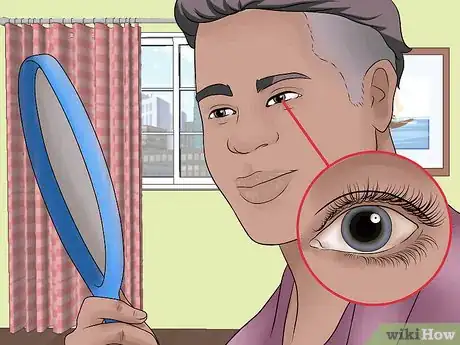
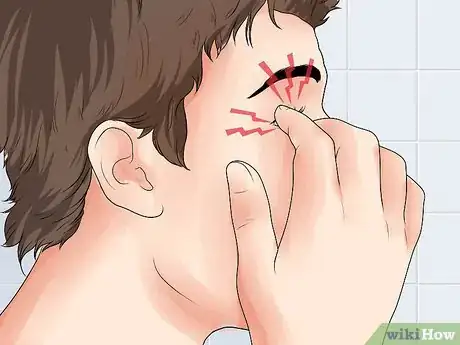
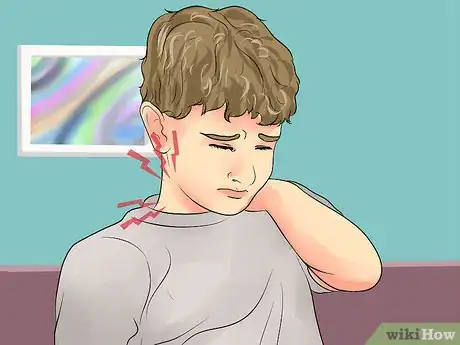

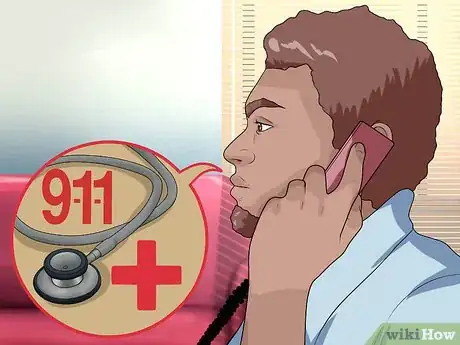




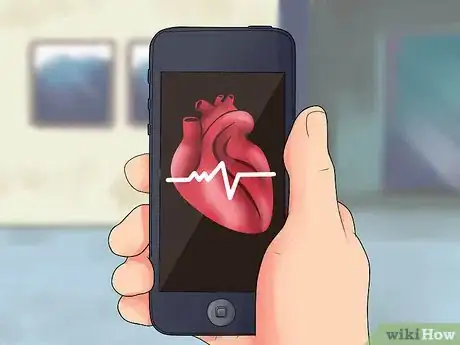
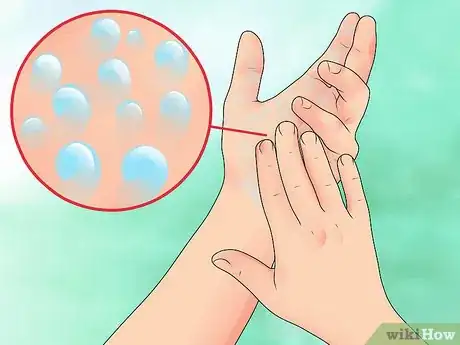


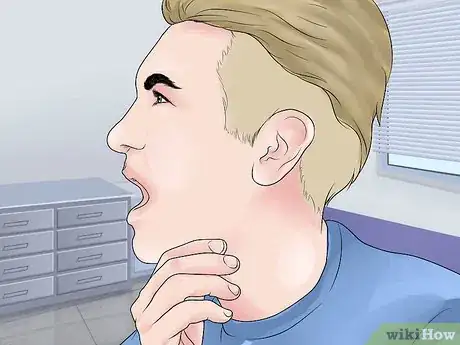
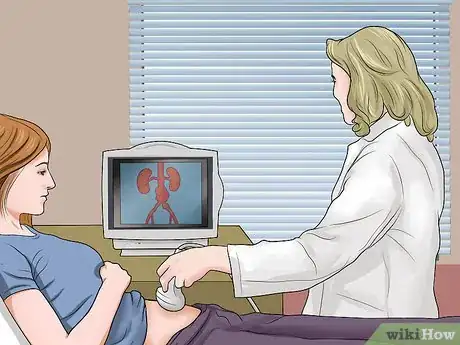

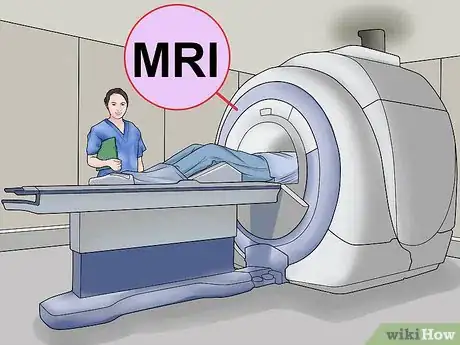
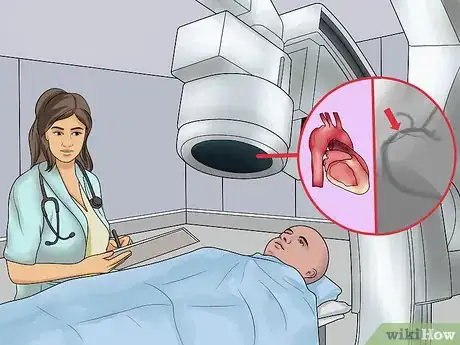

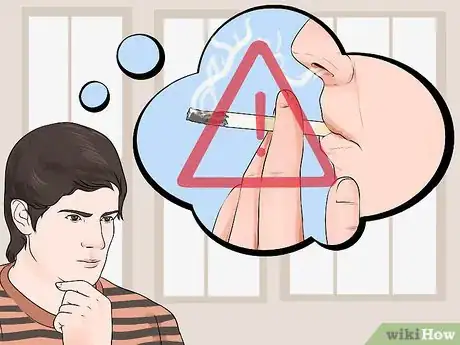

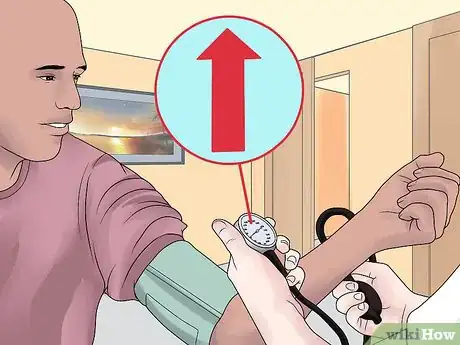



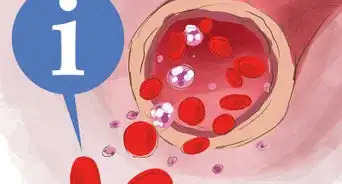

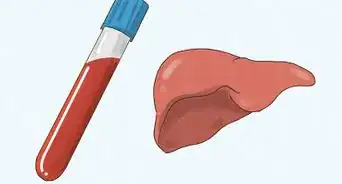

-Step-14-Version-2.webp)
















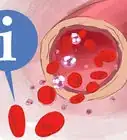




































Medical Disclaimer
The content of this article is not intended to be a substitute for professional medical advice, examination, diagnosis, or treatment. You should always contact your doctor or other qualified healthcare professional before starting, changing, or stopping any kind of health treatment.
Read More...